Forget the Tourist Traps: My Guide to Small Towns That Genuinely Change You
After years of lugging a backpack around the world, I’ve noticed something funny when I flip through my old journals. The entries I keep coming back to aren’t about the big, noisy capital cities. They’re about the quiet hum of small towns. There’s a raw honesty to these places, a reality that isn’t wrapped up in grand monuments but in the simple, daily rhythm of a community.
In this article
Big cities, they show you what a country wants to be. But small towns? They show you its heart. I truly believe that to get a feel for a place, you have to wander its smaller streets, eavesdrop on local chatter, and just stand for a minute to appreciate the landscape that shaped everything.
So, this isn’t some ranked list or a challenge to check them all off. These are just a handful of places that have stuck with me, each for its own powerful reason. We’re going to dive into what makes them tick, the smart way to visit them, and the kind of experiences that don’t make it onto the postcards.
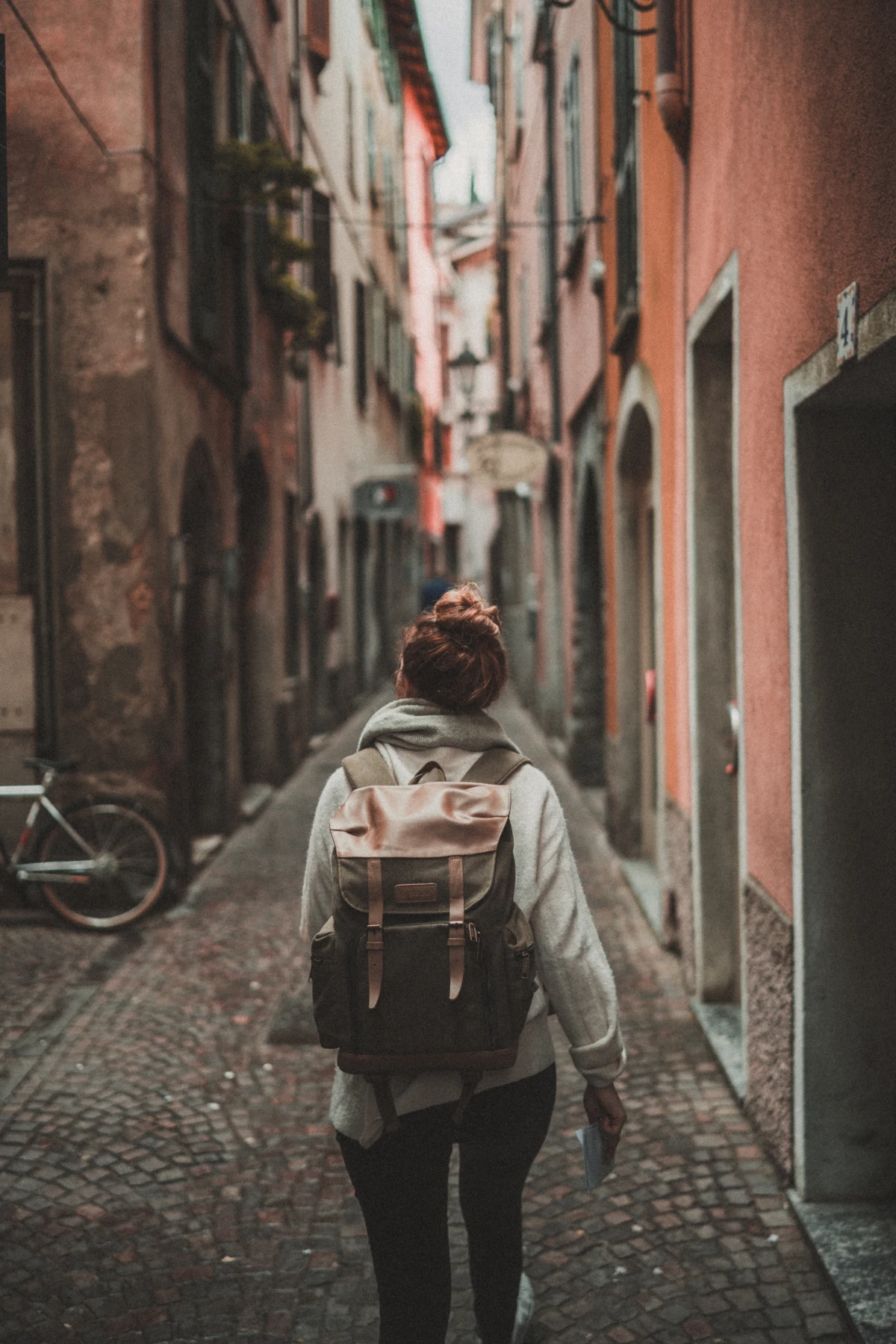
1. Shirakawa-go, Japan: A Masterclass in Sticking Together
My first time in Shirakawa-go was during a deep winter snowstorm. The flakes were so thick you could barely make out the next house, and the silence was something else entirely. It felt like I’d walked straight into an old folktale.
Why It Looks the Way It Does
Those iconic farmhouses are built in what’s known as the gasshō-zukuri style, meaning “constructed like hands in prayer.” It sounds poetic, but honestly, it’s pure, brilliant function. The roofs are incredibly steep—pitched at a 60-degree angle—for one simple reason: to handle the massive amounts of heavy, wet snow the region gets. We’re talking several meters deep. This smart design lets the snow just slide right off, preventing the whole structure from collapsing. I’ve stood in one of the huge attic spaces during a blizzard; you can literally hear the snow groaning and sliding off the roof. By the way, those attics were traditionally used for raising silkworms, which was the backbone of the local economy for ages.
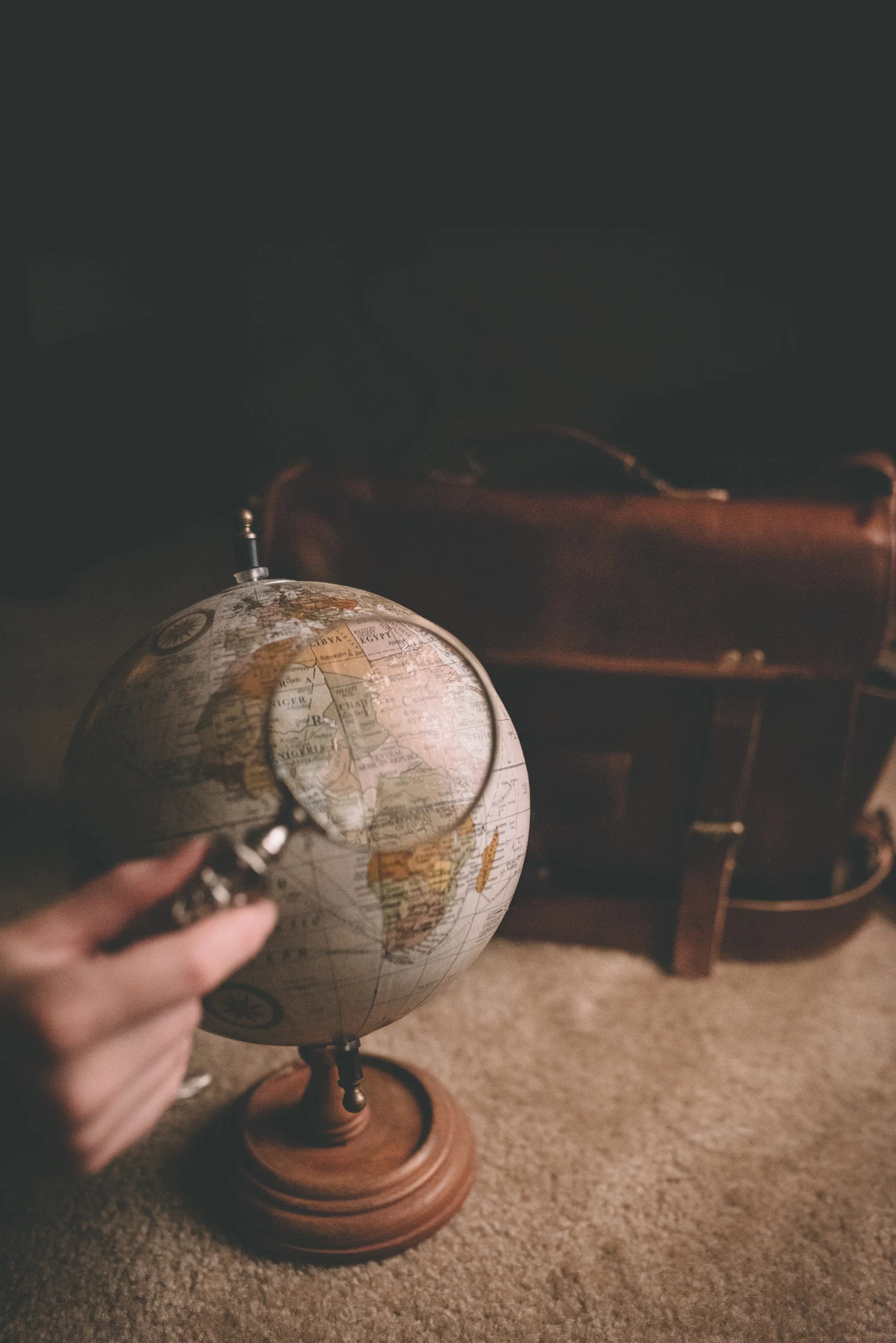
The Smart Way to Visit
You can do Shirakawa-go as a day trip from Takayama or Kanazawa, but I’m telling you now, that’s a mistake. The village gets absolutely mobbed with tour buses between 10 a.m. and 3 p.m. To really feel its magic, you have to stay overnight in a minshuku, which is a family-run guesthouse. It’s the only way you’ll see the village glowing in the lamplight at night or shrouded in mist in the early morning.
Heads up! Booking a good minshuku requires planning, often months ahead, especially if you want to be there for the famous winter light-up events. Expect to pay around $90 to $140 USD per person, but that usually includes a phenomenal home-cooked dinner and breakfast. You can often find them on the official village tourism website or specialty sites like Japanican, as many aren’t on the big international booking platforms. To get there, the Nohi Bus is your best bet.
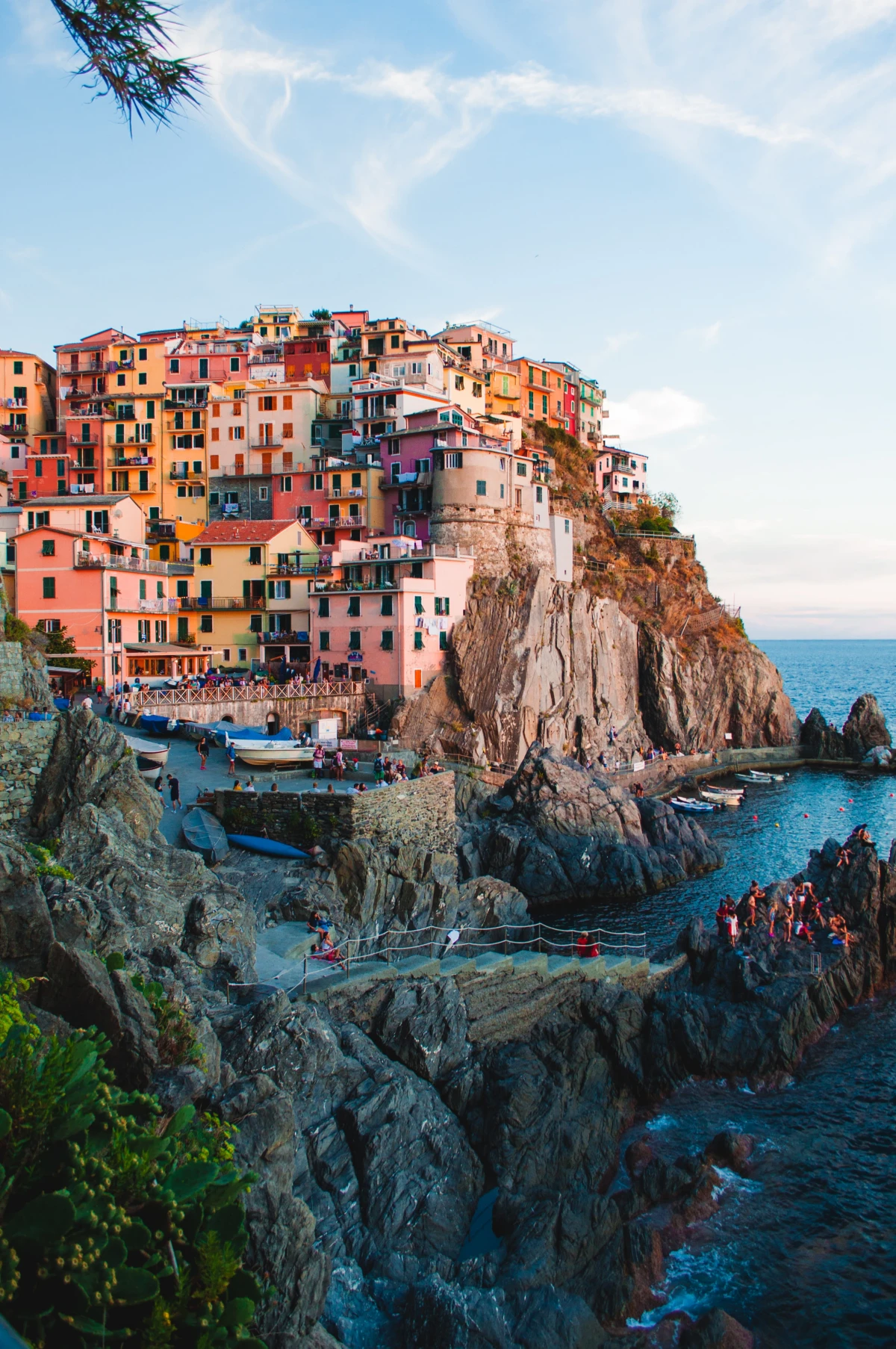
What I Learned Here
The sense of community is something you can feel. The thatched roofs need to be completely replaced every few decades, a job far too big for one family. So, the entire village pitches in through a system called yui, or communal work. Just hearing a local elder explain this teaches you more about the culture of cooperation than a week in Tokyo ever could. The lesson for me was simple: survival here is a team sport.
2. Guatapé, Colombia: Where Every Wall Tells a Story
Just a couple of hours outside Medellín, the urban jungle gives way to rolling green hills and a massive, sparkling reservoir. And right in the middle of it all is Guatapé, a town so colorful it almost vibrates. But those wild colors aren’t just for Instagram; they’re the town’s living history book.
The Deal with the Zócalos
The coolest thing about Guatapé is the zócalos. These are colorful, sculpted panels that decorate the bottom half of nearly every single building. I spent a whole day just walking around, decoding them. They aren’t random. Some show historical events, like the deliberate flooding of the old town to create the reservoir. Others tell you about the family inside: a loaf of bread for the baker, a sheep for a farmer. Simply asking a shopkeeper about their zócalo is the best icebreaker you could ask for.
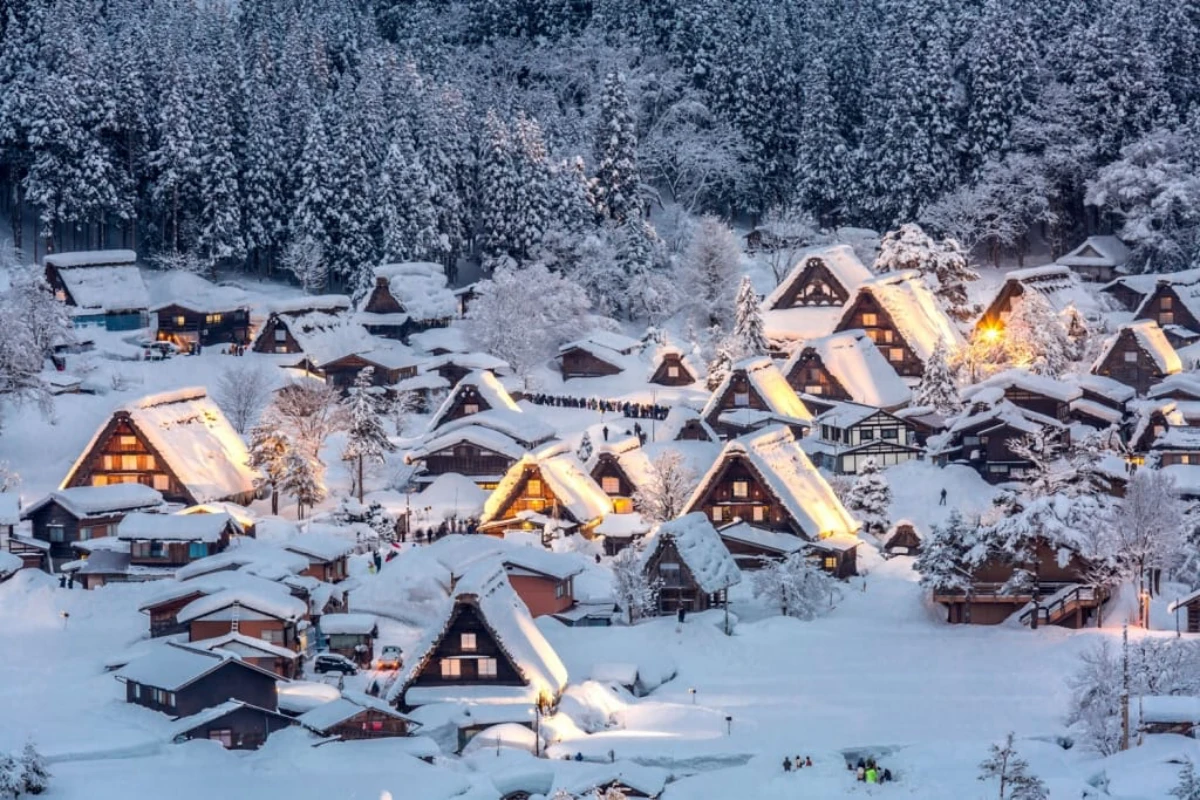
How to Do It Right
Most tourists rush through on a day trip from Medellín. Don’t be one of them. The town’s real charm comes out in the early mornings and late evenings when the crowds have vanished. Plan for at least one night.
The main event is climbing the 740 steps of El Peñón de Guatapé, that giant rock looming over everything. Pro-tip: Go right when it opens at 8 a.m. You’ll have that jaw-dropping view almost to yourself. By 11 a.m., the staircase is just a slow-moving conga line. The climb is tough, so take your time. Oh yeah, bring cash for the entrance fee, which is around 20,000 Colombian Pesos (about $5 USD). The bus ride from Medellín’s Terminal del Norte is super easy and costs just a few bucks.
For a Deeper Dive
For a totally different angle, rent a kayak on the reservoir. You’ll see the flooded landscape from water level and might even spot some ruins of the old town. It’s a sobering reminder that this vibrant, beautiful place was born from displacement. It taught me that even the cheeriest places can have complicated pasts.
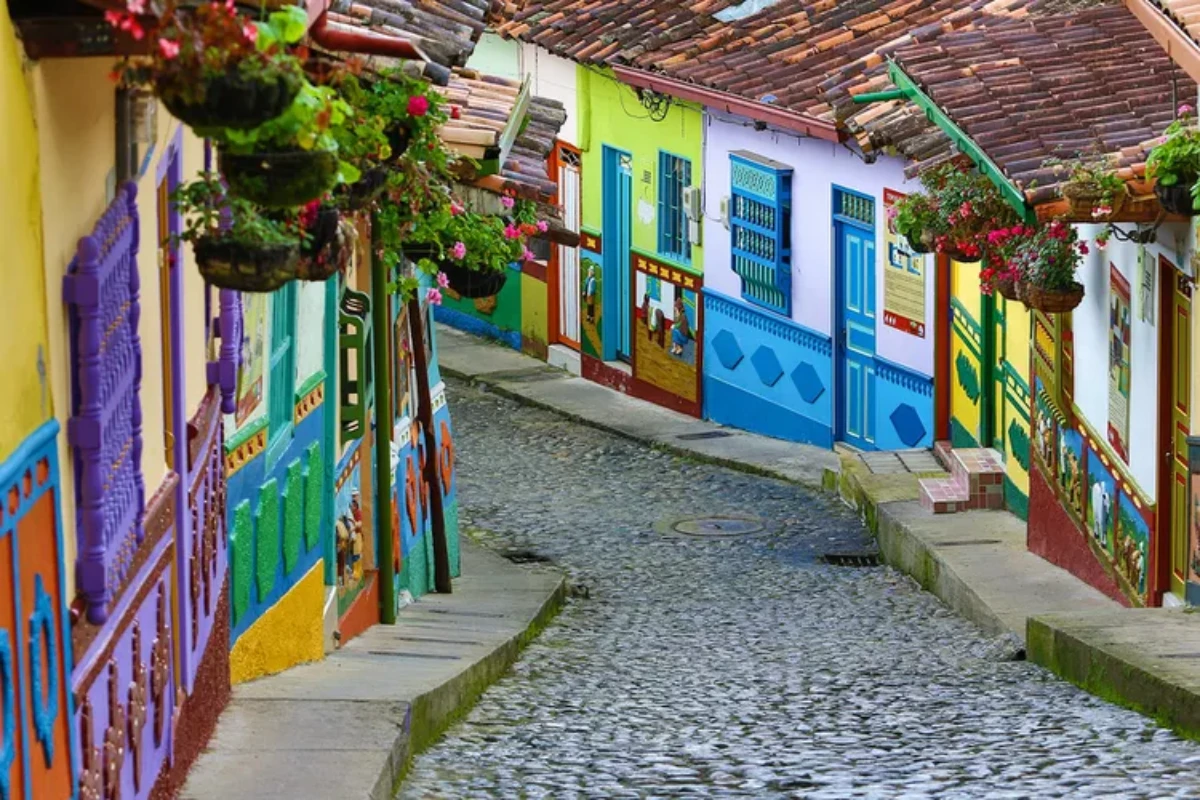
3. Grindelwald, Switzerland: Living in the Shadow of Giants
Grindelwald isn’t just a town with a mountain view; it’s a town that exists because of the mountains. The presence of the Eiger, Mönch, and Jungfrau is overwhelming in the best way possible. They control the light, the weather, and the entire way of life.
An Engineering Marvel
The scale here is just staggering. The North Face of the Eiger is a sheer wall of rock and ice that has been the stage for some of mountaineering’s greatest triumphs and tragedies. But just as impressive is the human engineering. The network of cogwheel trains and cable cars, some of which are products of incredible early-century ambition, are a testament to sheer determination. Riding one to the top isn’t just about the view; it’s about appreciating the audacity it took to make that view accessible.
A Smarter Way to Explore
Let’s be frank: Switzerland is expensive. A huge mistake is buying individual tickets for every lift and train. If you’re exploring for more than a day, get a regional pass like the Jungfrau Travel Pass. A single round-trip ticket to the Jungfraujoch can cost over $200, while a 3-day pass that covers almost everything in the area might be just a little more. Do that one big trip and one other small cable car ride, and the pass has already paid for itself.
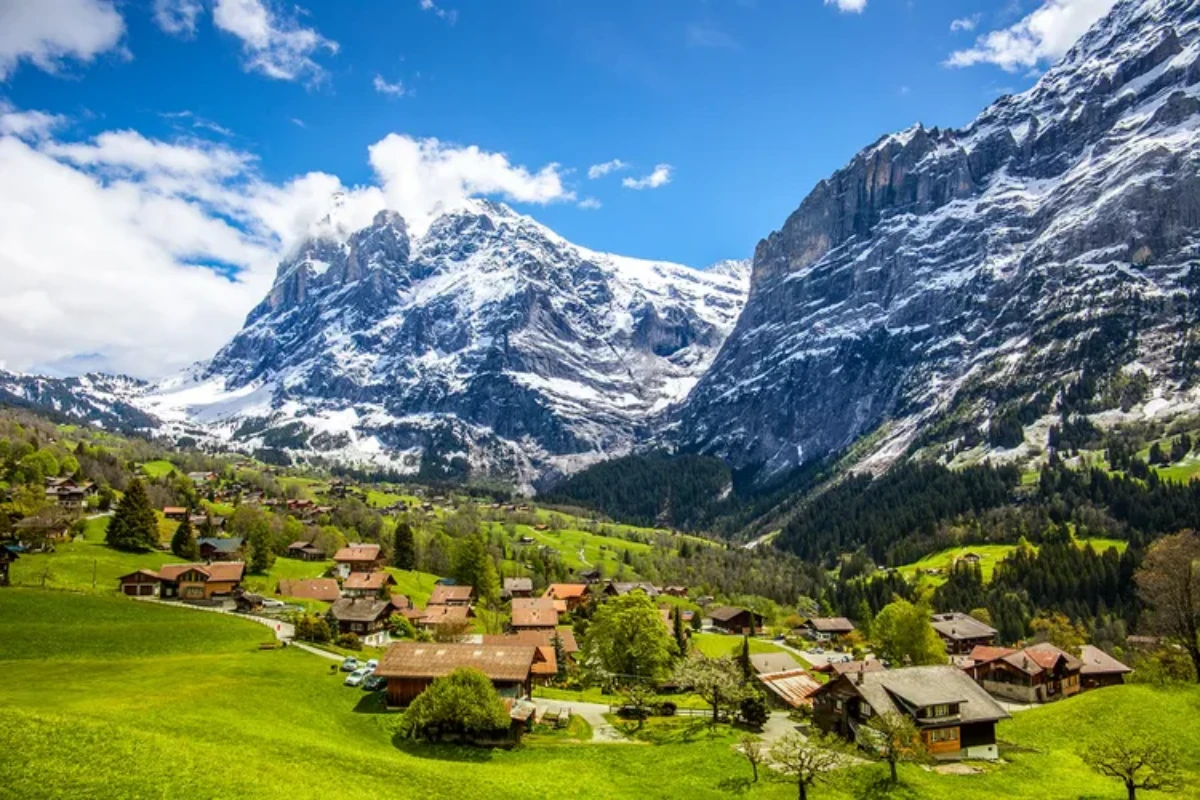
Quick tip: Always check the mountaintop webcams before you buy a ticket! The weather in the valley can be sunny while the peak is completely socked in with clouds. There’s nothing worse than paying a fortune to stand in a white-out.
My Favorite Hack
The best budget meal in Grindelwald? Head to the Coop supermarket in the center of town. Grab some amazing local cheese, some fresh bread, and a landjäger sausage. For under $20, you can have a picnic with a multi-million-dollar view. For a truly unforgettable experience, take the cable car to First and do the easy, stunning hike to Bachalpsee lake. The reflection of the Alps in that water is pure magic.
4. Ilulissat, Greenland: A Front-Row Seat to a Changing Planet
A trip to Ilulissat feels less like a vacation and more like an expedition. The town, with its colorful houses scattered on the rocks, is fascinating, but it’s completely dwarfed by the Ilulissat Icefjord. This isn’t a static landscape; it’s a river of ice that is constantly moving, cracking, and groaning. It feels alive.
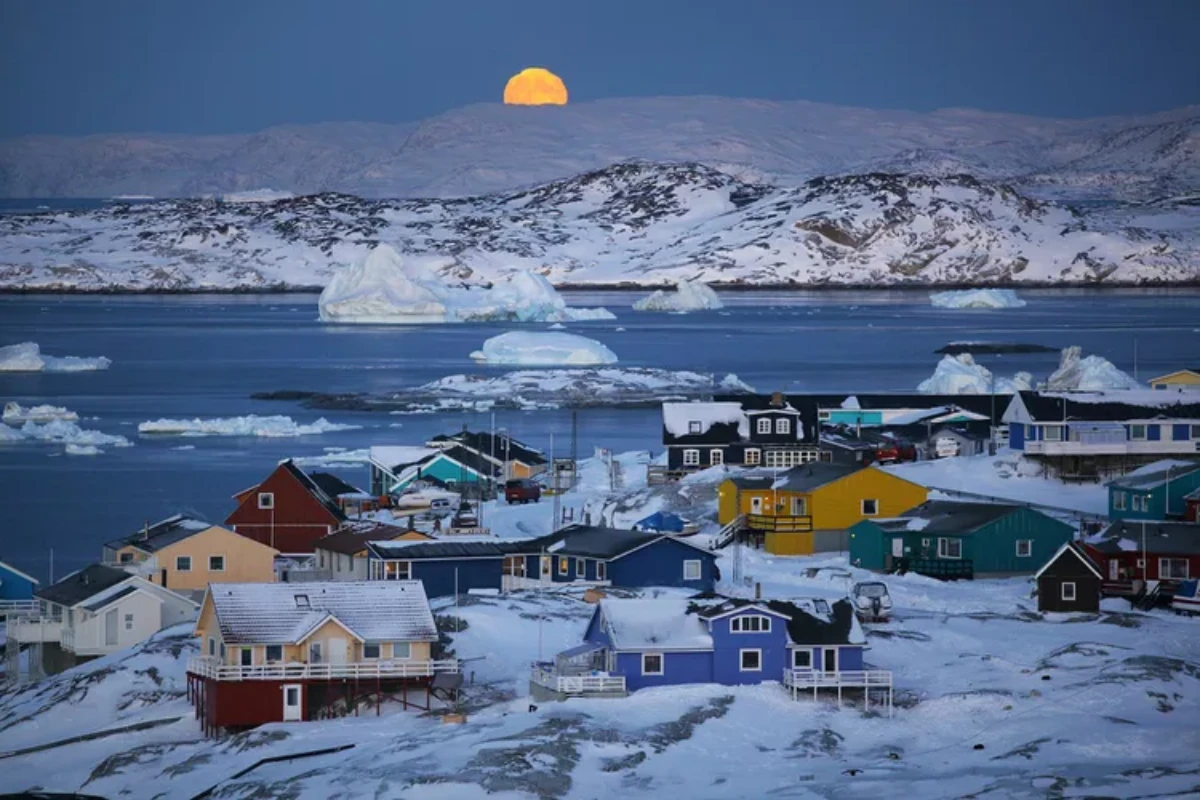
The Power of the Ice
The Icefjord is the sea-mouth of one of the most active glaciers in the world, churning out billions of tons of icebergs every year. Standing on the shore, you can hear the deep, thunderous crack of ice calving miles away. It’s a sound that shakes you to your core. This place is a critical barometer for our planet’s health, and the local guides, whose families have lived here for generations, can read the ice like a book. Their knowledge is a form of science you can’t learn in a textbook.
Visiting with Respect (and a Big Budget)
First, a reality check: Greenland is an expensive destination. A two-hour boat tour among the icebergs will run you about $100-$150 USD per person, and flights are a significant cost. But it’s worth it.
The absolute best way to experience the ice is on a boat with a local Inuit operator. They won’t just shuttle you around; they’ll explain the ice’s behavior and share cultural stories tied to the sea. And dress warm. No, warmer than that. The wind coming off the ice is brutal, even in summer. CRITICAL SAFETY NOTE: Never, ever walk on the shore ice near the mouth of the fjord. It’s dangerously unstable. Trust local advice without question.
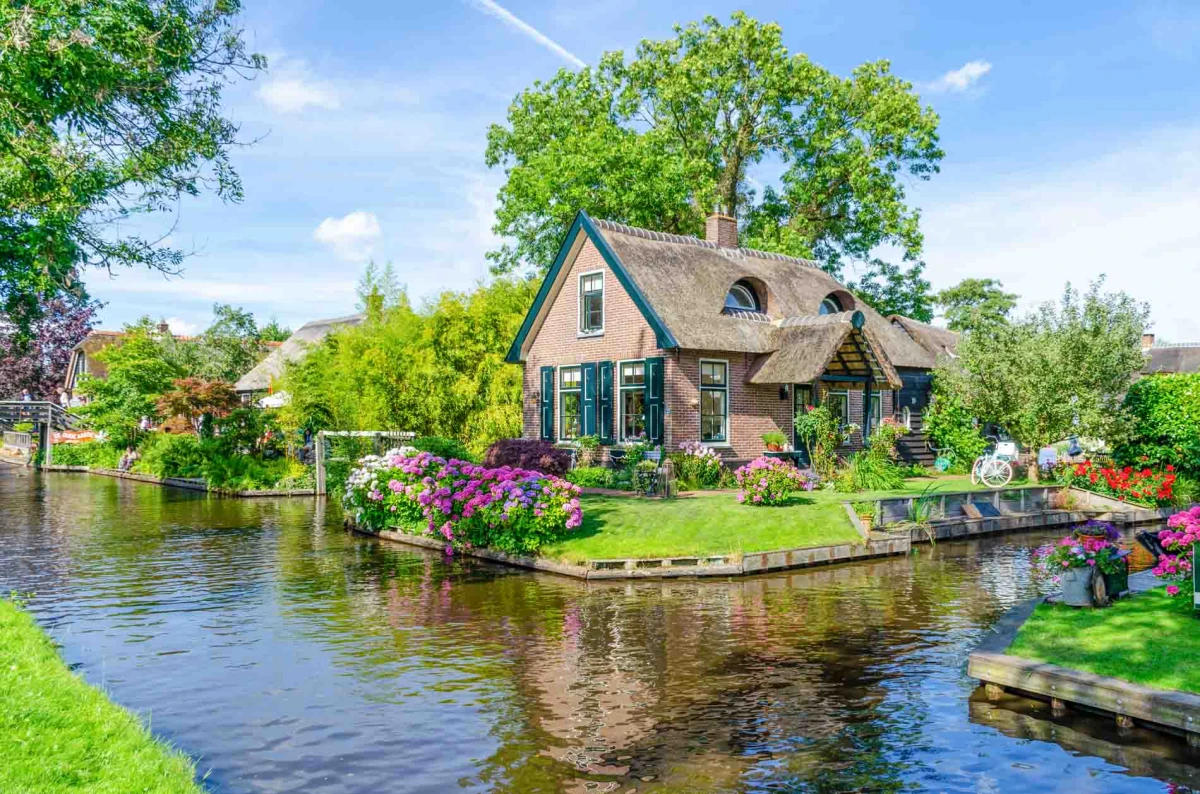
The Real Connection
If you visit in winter, going dog sledding isn’t a tourist gimmick; it’s a look into a traditional way of life. The connection between the musher, the dogs, and the frozen world is intense. It’s a powerful lesson in how culture and nature are completely intertwined here. A visit to Ilulissat is unforgettable, and it will leave you thinking about our world in a whole new way.
Inspiration:
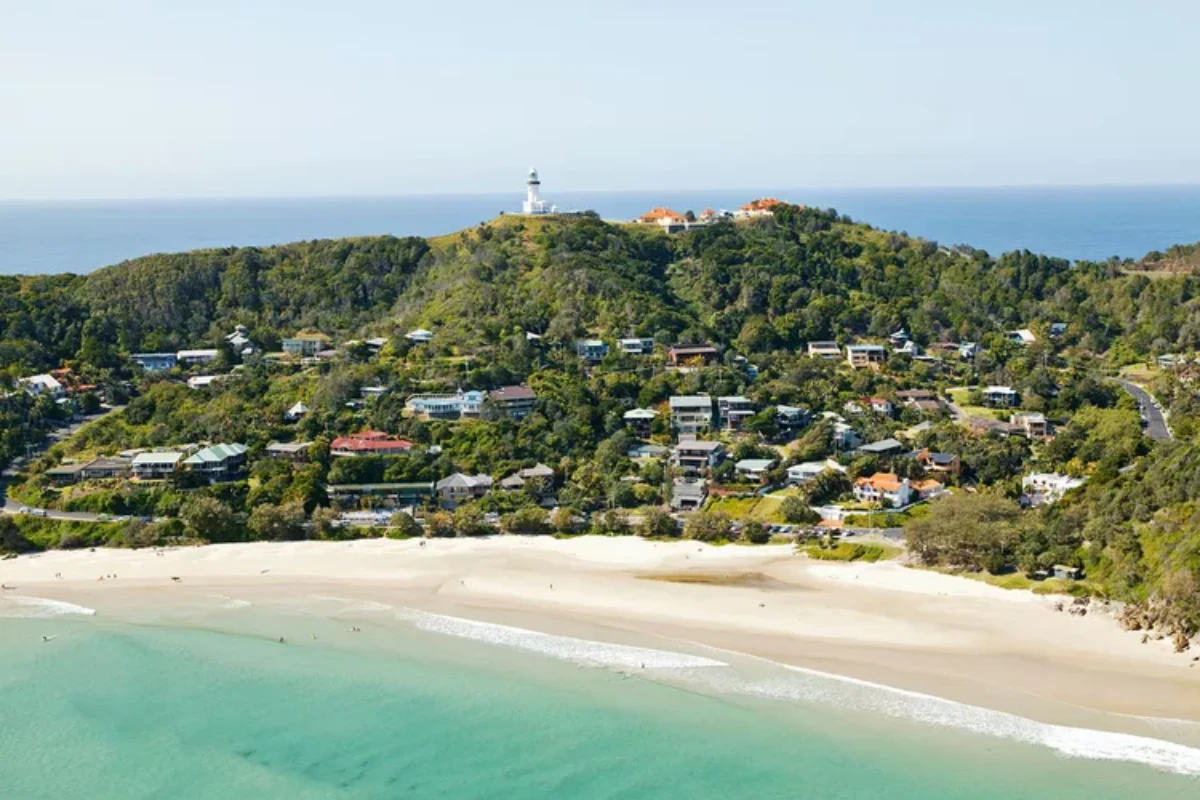
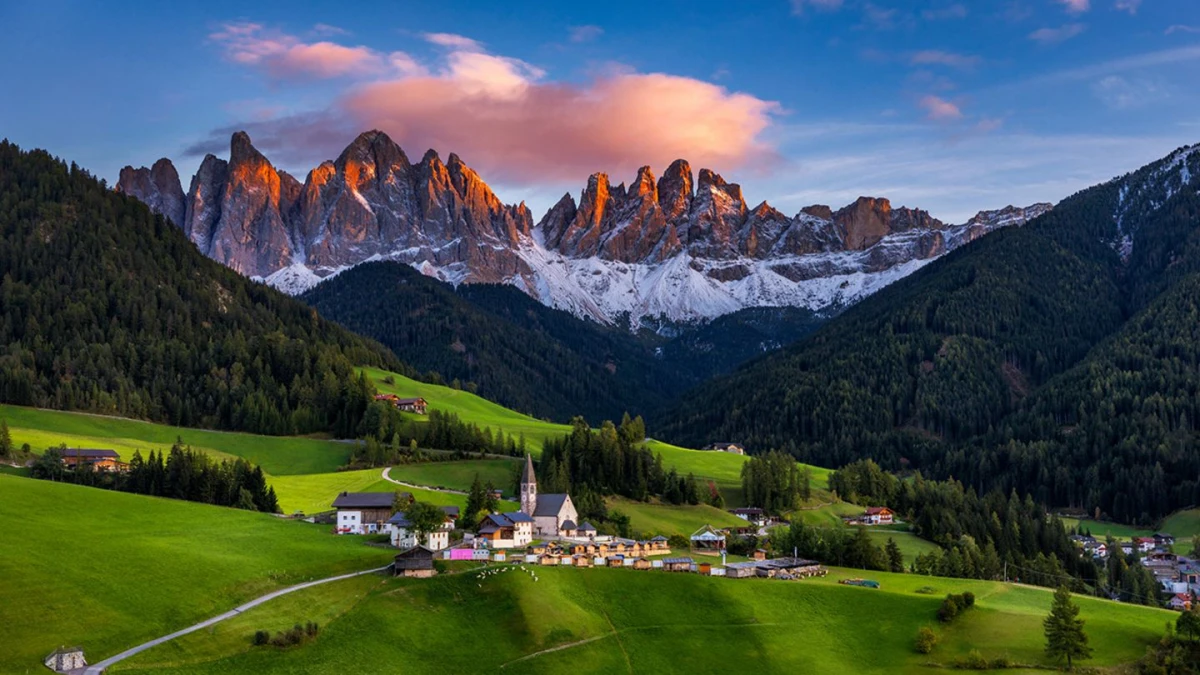
When venturing off the beaten path, your packing strategy shifts from city-chic to practical-comfort. The goal is versatility and resilience, as you might face cobbled streets, dirt paths, and fewer laundromats.
- Footwear is non-negotiable: A single pair of broken-in, waterproof walking shoes, like the Merrell Moab or Keen Targhee, will serve you better than three pairs of fashionable but flimsy options.
- Layering is key: A packable down jacket from a brand like Patagonia or Uniqlo can handle unexpected evening chills without hogging luggage space.
- A portable power bank: Small towns often mean older buildings with fewer outlets. An Anker PowerCore is a lifesaver for keeping your map and camera-phone juiced.

According to the UN World Tourism Organization, for every $100 spent by a tourist on a holiday package tour, only around $5 actually stays in the host community’s economy.
This stark reality is why choosing to stay in locally-owned guesthouses, eating at family-run tavernas, and buying crafts directly from artisans in small towns isn’t just a charming experience—it’s a powerful economic act. It ensures your travel funds directly support the people and culture you’ve come to appreciate, fostering sustainable tourism that preserves the town’s unique character for future visitors.
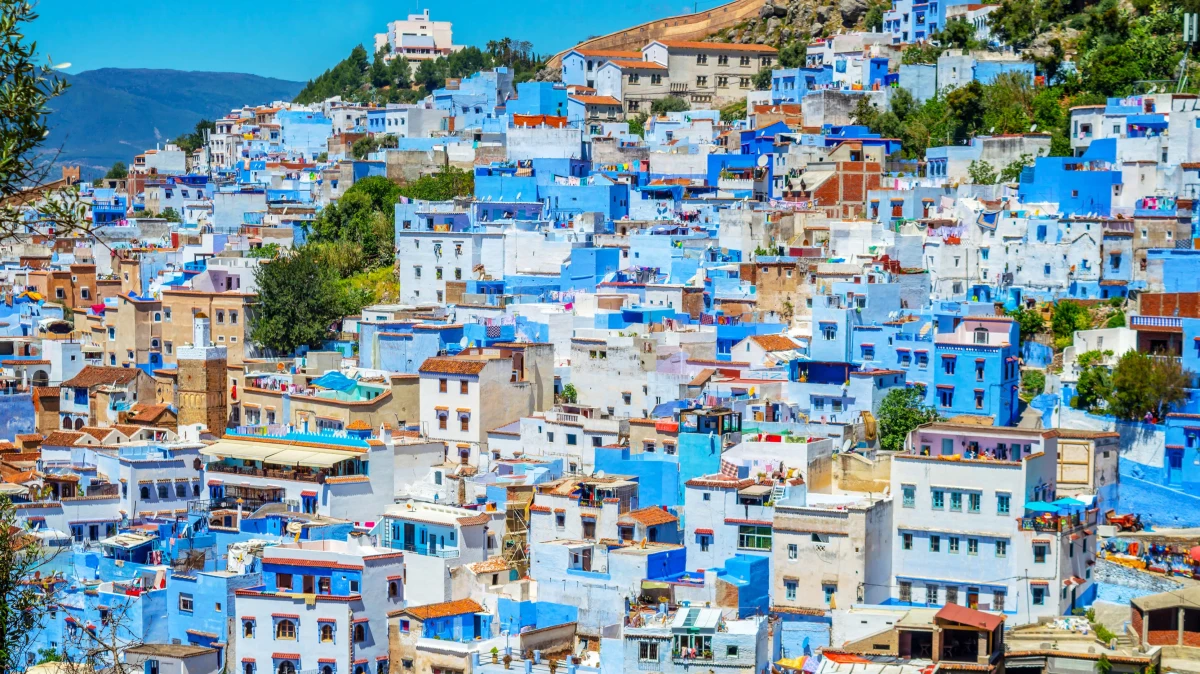
The Digital Log: Using an app like Day One or Journey lets you instantly tag locations, add photos, and even record audio snippets of market chatter or evening birdsong. It’s efficient and creates a rich, multimedia archive of your trip.
The Analog Journal: A simple Moleskine or Leuchtturm1917 notebook paired with a pen encourages slower, more deliberate reflection. The act of sketching a doorway or physically writing down a conversation forces you to observe more deeply.
Neither is better, but the choice shapes how you remember. One captures the data; the other captures the feeling.
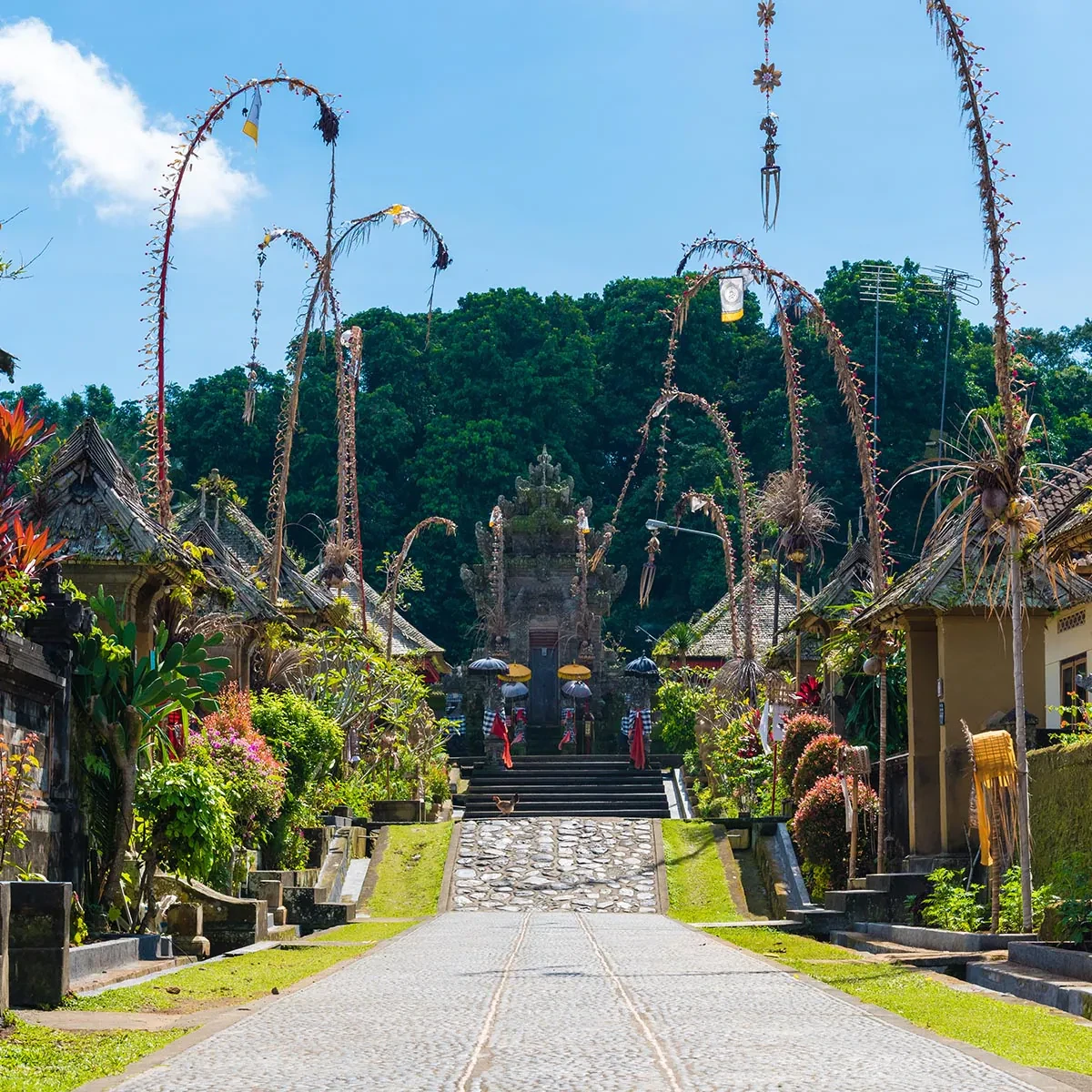
Important point: The biggest mistake you can make in a small town is treating it like a museum with a rigid, pre-planned itinerary. The real magic lies in the unplanned moments—the conversation sparked at the local bakery, the unexpected festival in the town square, or the path you take just to see where it leads. Leave empty blocks of time in your schedule. This is where the town will truly reveal itself to you.
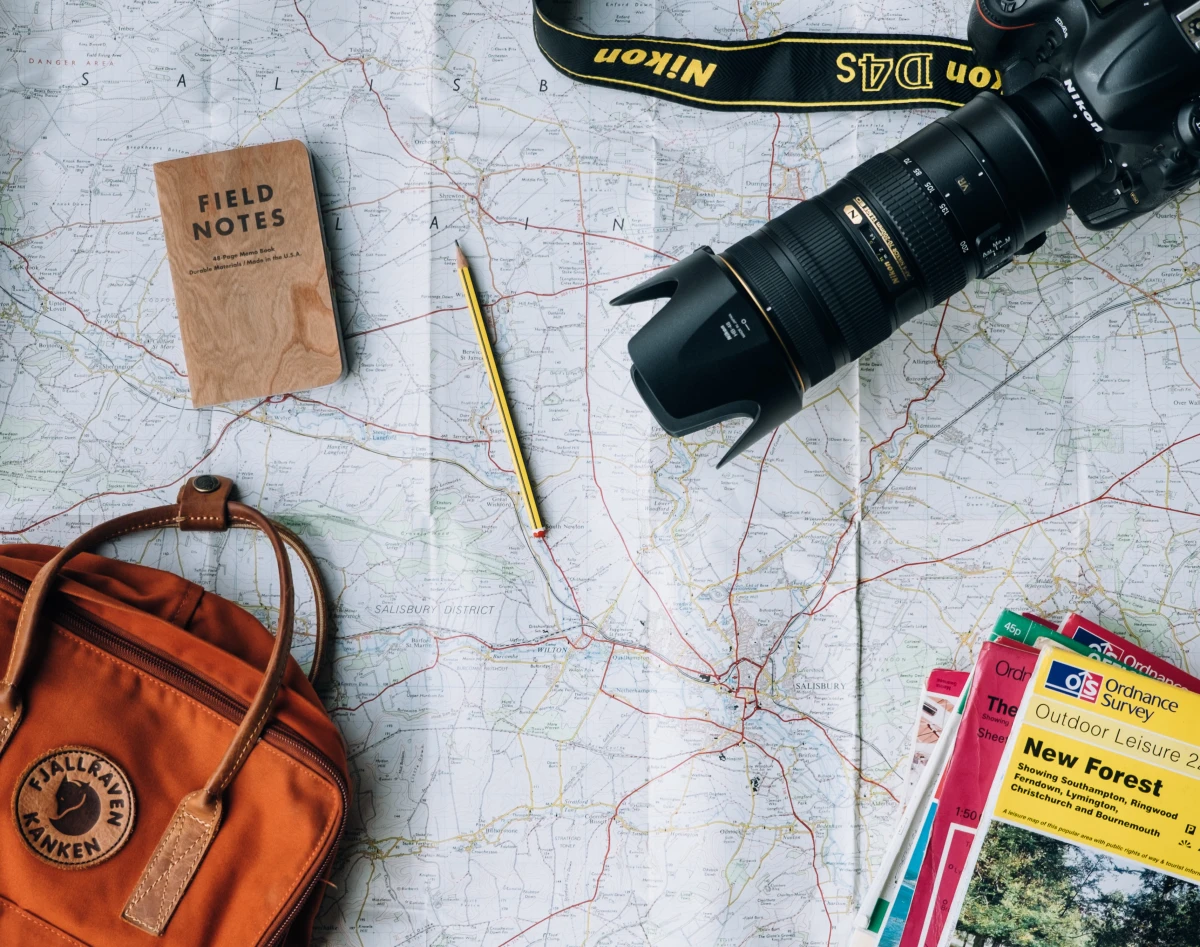
- You’ll notice the distinct scent of baking bread from a hidden alleyway bakery.
- You’ll hear the unique cadence of the local dialect, unfiltered by tourist-facing chatter.
- You’ll see the subtle play of light on a centuries-old wall that you’d otherwise rush past.
The secret? The ‘ten-minute sit.’ Find a bench in the main square or a quiet step in a side street. Put your phone and camera away. For ten minutes, just watch, listen, and breathe. It’s a simple act of mindfulness that anchors you in the place, transforming you from a visitor into a temporary resident.
How do you break the ice and connect with locals without being an intrusive tourist?
The key is to shift your mindset from ‘taking’ (photos, experiences) to ‘giving’ (interest, respect). Start by learning five to ten basic phrases in the local language; ‘hello,’ ‘thank you,’ and ‘that’s beautiful’ go a long way. Instead of asking direct personal questions, offer a genuine compliment about the town, a garden, or a piece of local craftsmanship. The most effective method is often participation: buy your morning pastry from the same bakery each day, visit the local market, and show genuine interest in the products. A smile and a simple, repeated presence can open more doors than any guidebook phrase.










